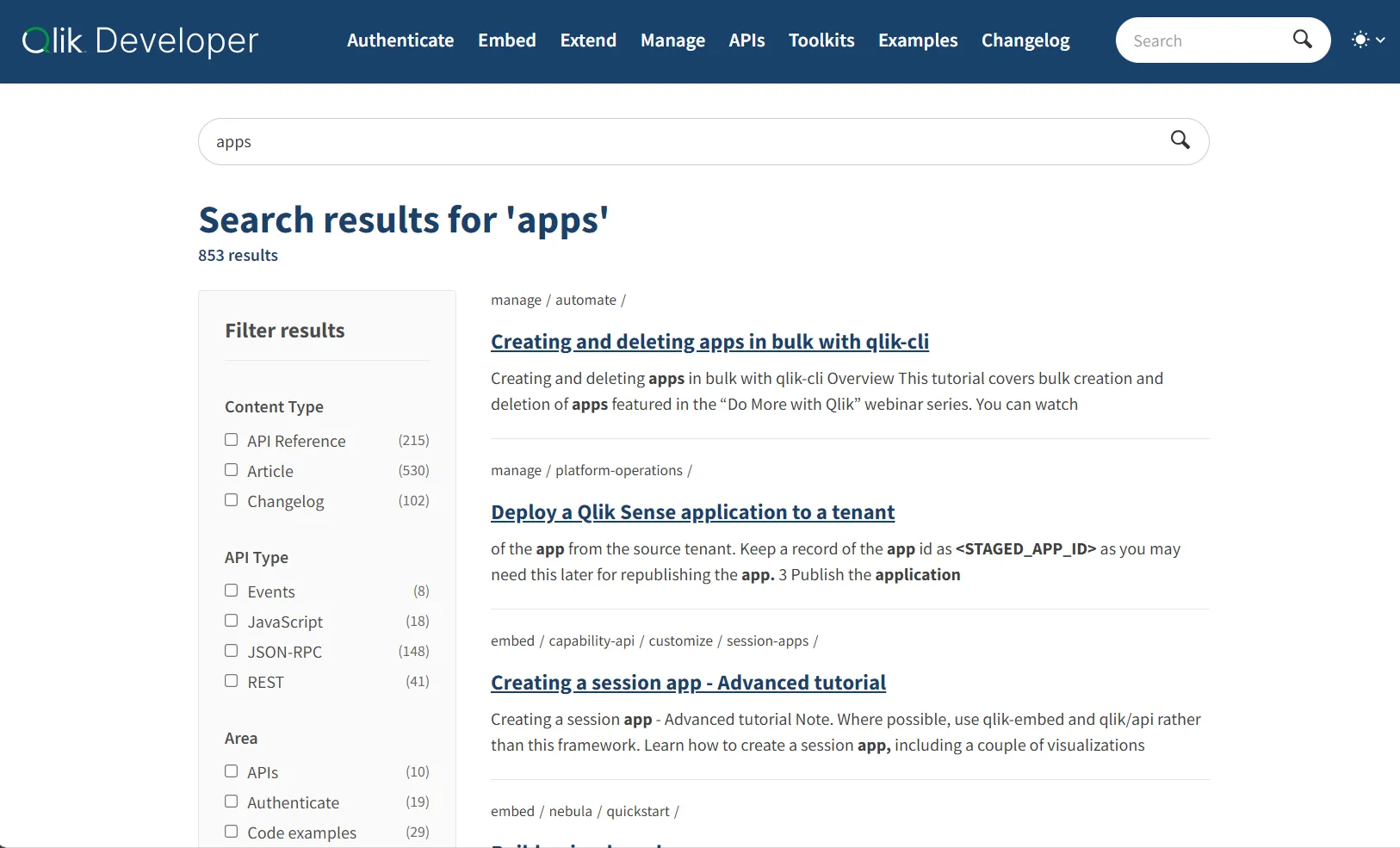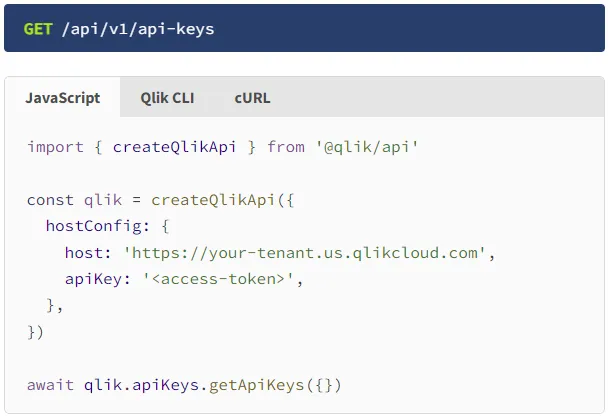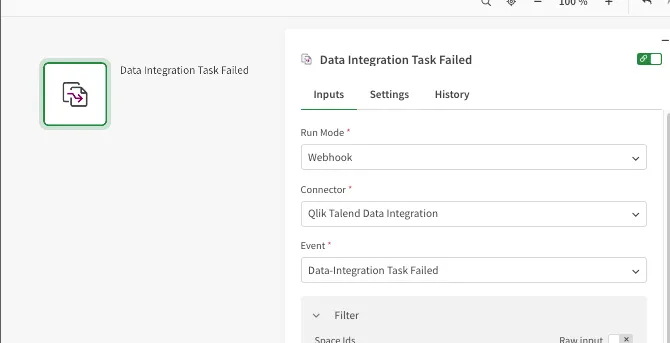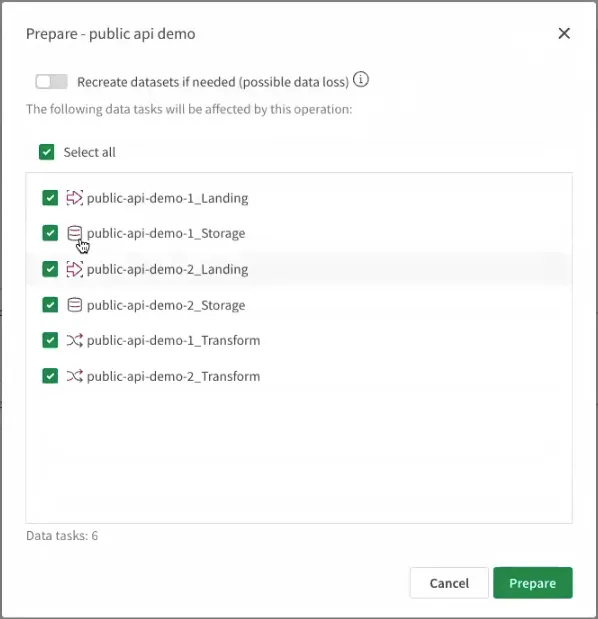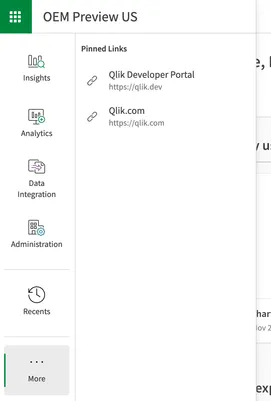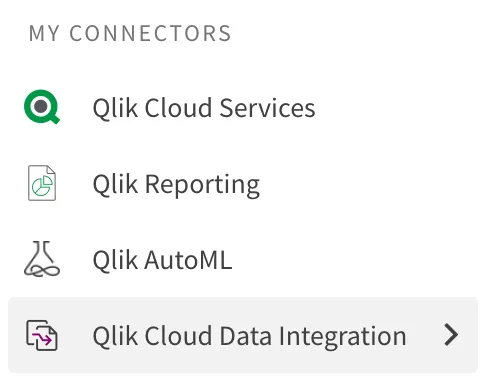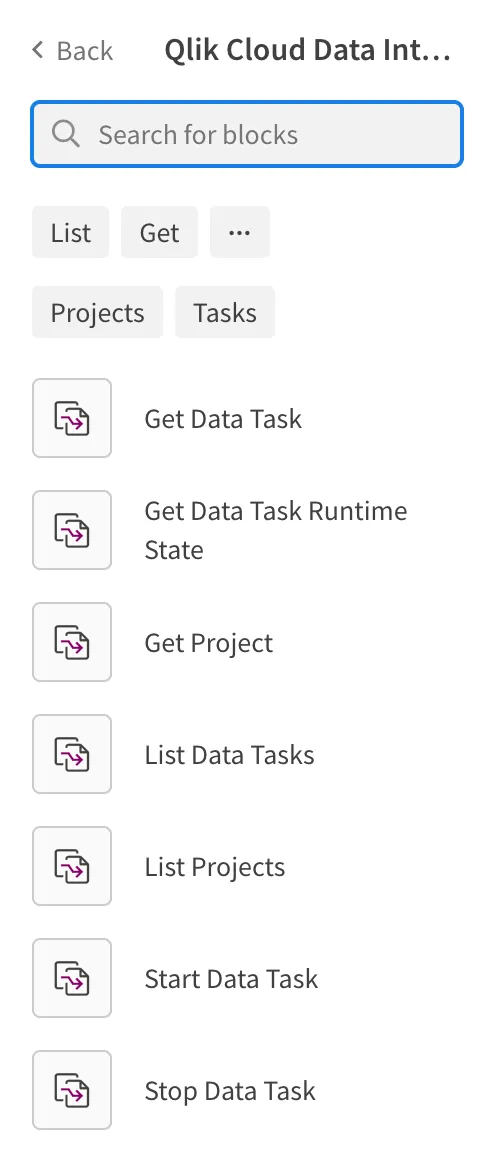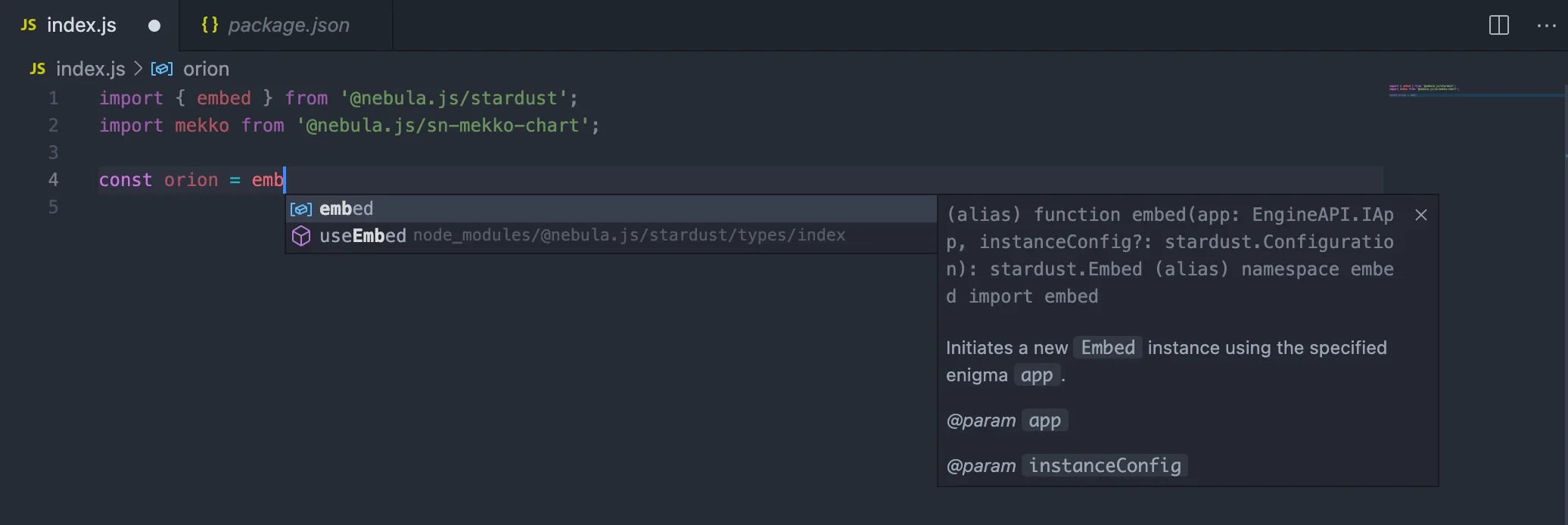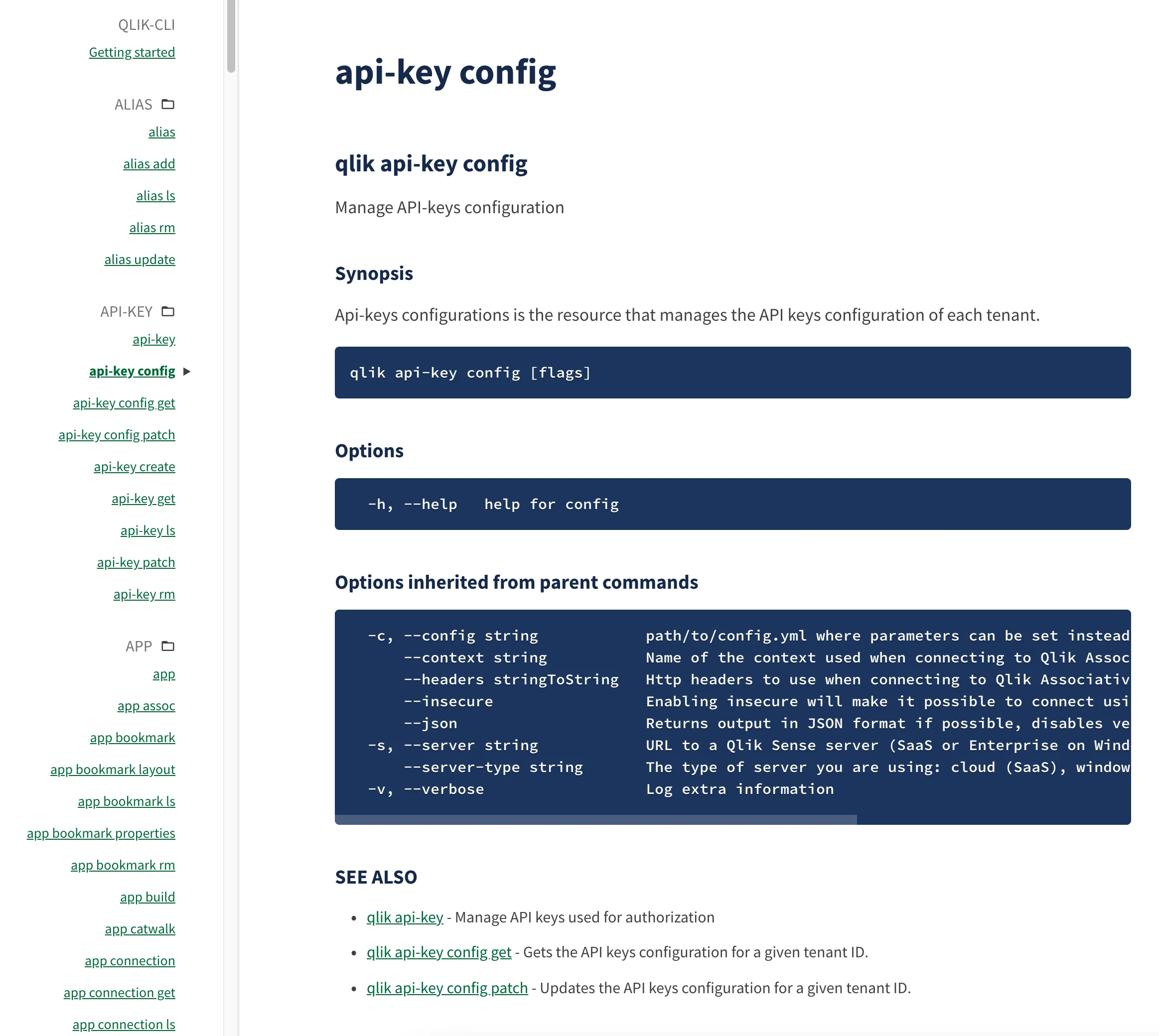The Data Connections, Data Sources, and Data Credentials APIs now support Data Integration connectors. This enables programmatic creation and management of data connections for both Qlik Cloud Analytics applications and Data Integration projects, enabling end-to-end deployment automation via public APIs.
The following table lists the supported connectors, along with their corresponding
dataSourceId values for use when creating data connections:
Supported connectors
| Connector | dataSourceId |
|---|---|
| Amazon Redshift | reptgt_qdiredshift |
| Amazon S3 | reptgt_qdis3 |
| Azure Data Lake Storage | reptgt_qdiadls |
| Azure Synapse Analytics | reptgt_qdisynapse |
| Databricks | reptgt_qdidatabricks |
| Google BigQuery | reptgt_qdibigquery |
| Google Cloud Storage | reptgt_qdigooglecloudstorage |
| IBM DB2 for iSeries | repsrc_db2iseries |
| IBM DB2 for LUW | repsrc_db2luw |
| IBM DB2 for z/OS | repsrc_db2zos |
| Microsoft Fabric | reptgt_qdimicrosoftfabric |
| Microsoft SQL Server | reptgt_mssqltarget |
| Microsoft SQL Server (log based) | repsrc_mssql |
| Microsoft SQL Server (Microsoft CDC based) | repsrc_azuresqlmscdc |
| MySQL (source) | repsrc_mysql |
| MySQL (target) | reptgt_qdimysql |
| Oracle (source) | repsrc_oracle |
| Oracle (target) | reptgt_qdioracle |
| PostgreSQL (source) | repsrc_postgresql |
| PostgreSQL (target) | reptgt_qdipostgresql |
| SAP (Application) | repsrc_sapdbapplication |
| SAP Extractor | repsrc_sapextractor |
| SAP HANA (Database) | repsrc_saphana |
| SAP ODP | repsrc_sapodp |
| Snowflake | reptgt_qdisnowflake |
For more information, see:
- The Data Connections API reference documentation
- The Data Sources API reference documentation to list the available data sources for the creation of data connections.
- Example data connection creation requests
